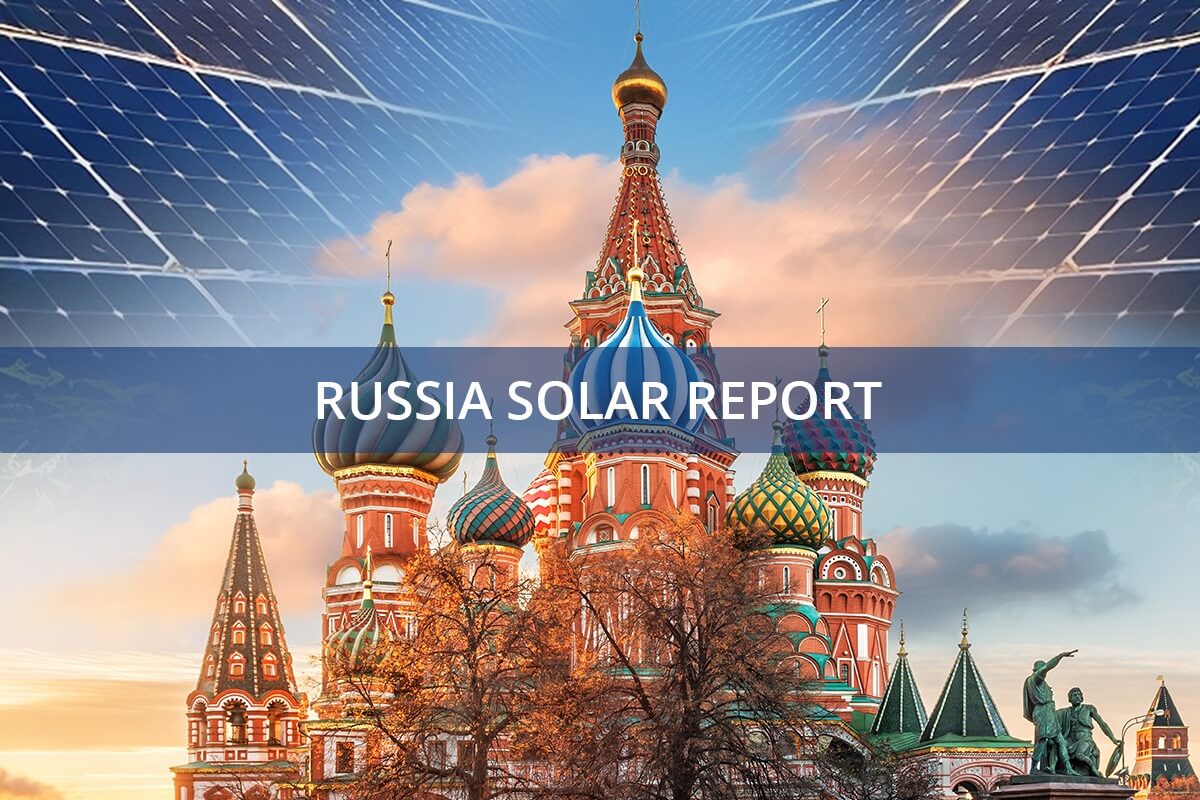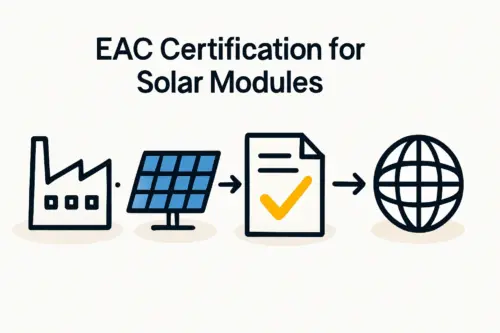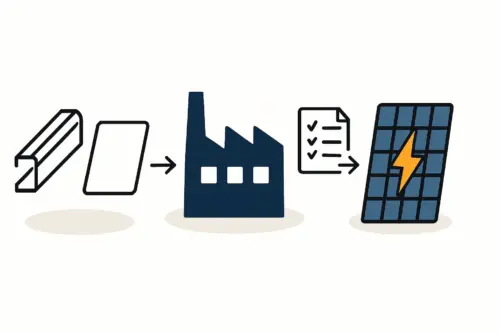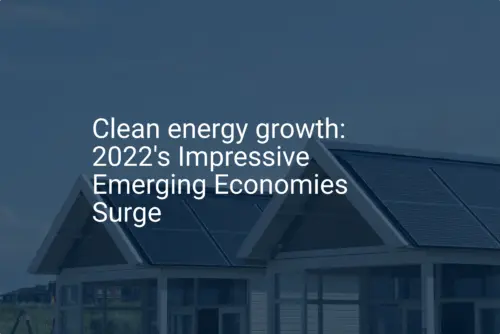New entrepreneurs in the solar industry often focus on the factory itself: the machines, the layout, and production output. Yet an equally critical factor, especially in a market as expansive as Russia, is the logistical network that supports it.
A state-of-the-art facility is worth little if raw materials fail to arrive on time or finished solar modules can’t be delivered to project sites efficiently. Russia’s vast geography presents a unique set of challenges and opportunities. Spanning over 17 million square kilometers and 11 time zones, the country demands a logistical strategy built on foresight and a deep understanding of its infrastructure. This guide outlines the core components of transport and warehousing that prospective solar manufacturers must consider.
The Dominance of Rail Transport
For any business operating on a national scale in Russia, the railway system is not just an option—it’s the central nervous system of the supply chain. Rail accounts for approximately 87% of the country’s total freight turnover, making it the most reliable and cost-effective method for moving large quantities of goods over long distances.
The Trans-Siberian Railway, along with other major arterial lines, forms the backbone of this network. When planning the inbound flow of raw materials for solar panels, such as glass, EVA film, and solar cells, rail transport from ports or border crossings is the standard. Similarly, shipping container loads of finished modules to distant regions is handled almost exclusively by train.

Key advantages of rail:
- Cost-Efficiency: For distances exceeding 1,000 kilometers, rail is significantly more economical than road transport.
- Capacity: A single train can carry the equivalent of dozens of trucks, making it ideal for bulk materials and finished products.
- Reliability: Rail schedules are less affected by road conditions and weather than trucking.
This reliance on rail also means a factory’s proximity to a major railway line is a critical factor in its viability. A location without efficient rail access can quickly become isolated, facing higher costs and longer lead times.
The Role of Road Transport for the ‘Last Mile’
While railways handle long-haul journeys, road transport provides the essential flexibility for regional and local distribution. Trucks are indispensable for two primary functions in a solar manufacturer’s logistics plan:
-
Connecting to the Rail Network: Moving raw materials from a rail depot to the factory and transporting finished modules from the factory to the nearest rail hub.
-
Final Delivery: Transporting modules from a regional warehouse or rail depot to the final installation site—a journey often called the ‘last mile’.
This flexibility, however, comes with its own challenges. Road quality can vary significantly outside of major federal highways, and weather plays a much larger role. The spring thaw, or ‘rasputitsa’, can render unpaved roads impassable for weeks, while severe winter conditions often lead to significant delays. Planning for buffer time in delivery schedules is therefore not just advisable; it’s a necessity.
Ready to make big Profits?
The solar Industry is Booming
WE HELP NEWCOMERS to the solar industry start their own solar module production line. Customers can make BIG PROFITS by selling modules and finding investors, without wasting money and time on things they don't need!
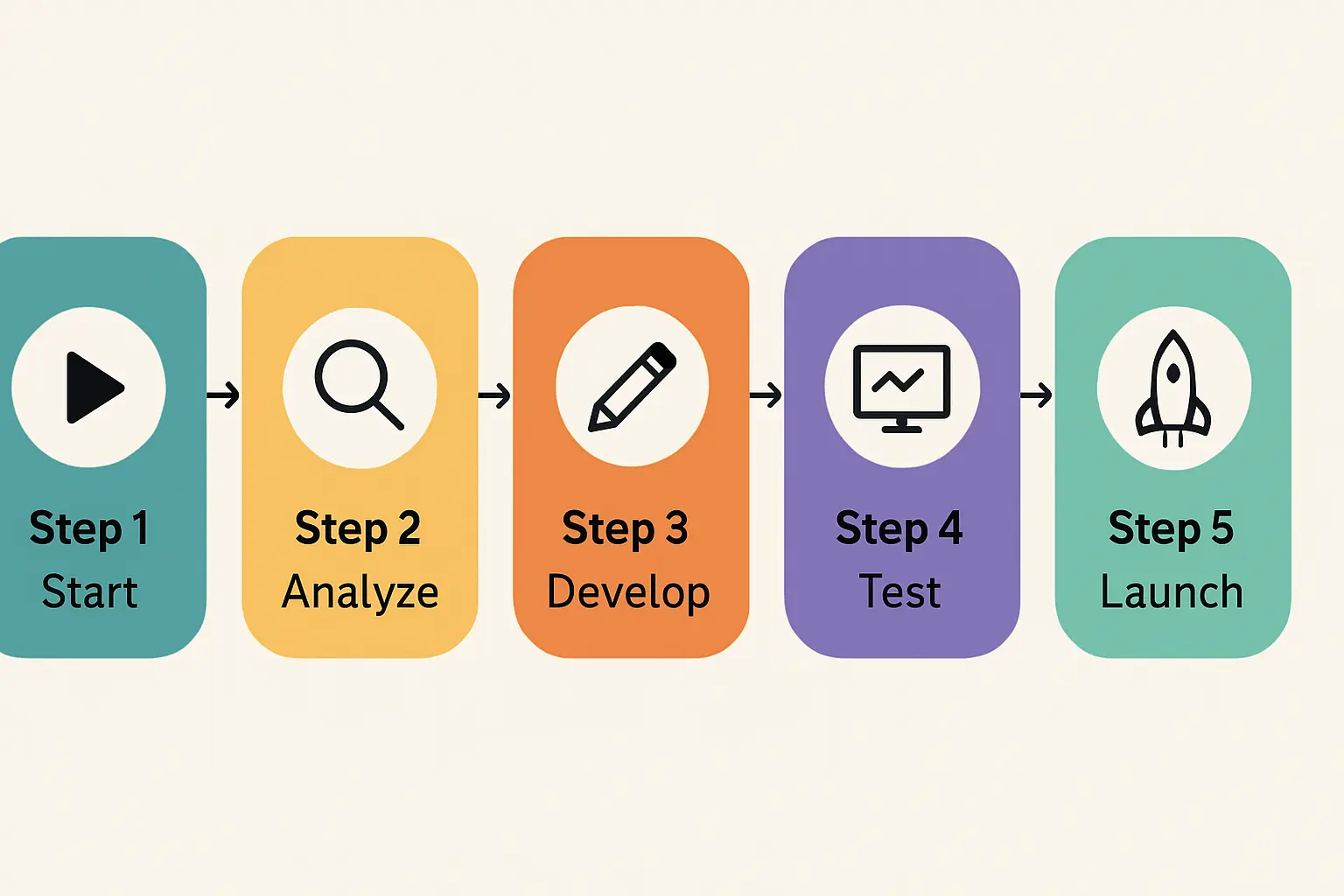
Strategic Warehousing: Decentralizing for Efficiency
A single warehouse at the factory simply isn’t enough for a market the size of Russia. A more effective strategy is to establish a network of regional warehouses in or near major industrial and economic hubs.
Cities like Moscow, St. Petersburg, and Yekaterinburg are not just large markets in their own right; they are also strategic logistical centers with excellent transport connections. By shipping modules in bulk via rail to secure warehouses in key regions, a manufacturer can:
- Reduce Final Delivery Times: Fulfilling an order from a regional hub is much faster than shipping directly from the factory, which could be thousands of kilometers away.
- Mitigate Risks: Holding inventory closer to the end market reduces the risk of long-distance transport disruptions affecting a specific project’s timeline.
- Improve Customer Service: The ability to deliver products on shorter notice provides a significant competitive advantage.
The selection of these warehouse locations should be an integral part of the initial solar module manufacturing business plan, as it fundamentally impacts the cost structure and market reach.

Key Logistical Considerations in Practice
Beyond the mode of transport, several practical factors must be integrated into any logistics plan. Based on experience from J.v.G. turnkey projects, entrepreneurs should also pay close attention to the following:
Border Crossings and Customs
Many essential raw materials for solar manufacturing are imported. Whether materials arrive from Europe or Asia, border crossings introduce complexity. For instance, the railway gauge in Russia differs from that in China and most of Europe, requiring time-consuming procedures to transfer containers or change wheelsets. Customs clearance also requires expert management to avoid costly delays at the border.
Geopolitical and Supply Chain Resilience
Recent geopolitical shifts have underscored the importance of a resilient supply chain. Relying on a single transport corridor or a single country for critical materials creates vulnerability. A sound strategy involves diversifying routes and suppliers where possible and building relationships with reliable logistics partners experienced in navigating complex customs and regulatory environments.
Cost and Timeline Management
Transport and warehousing are significant operational costs. Fuel prices, rail tariffs, warehousing fees, and insurance must be meticulously calculated. Underestimating these expenses can seriously impact profitability. Timelines, too, must be realistic. A shipment from St. Petersburg to Vladivostok is measured in weeks, not days—a reality that must be built into production planning and customer commitments.
Frequently Asked Questions (FAQ)
What is the most common logistical mistake for new manufacturers in this region?
The most frequent oversight is underestimating delivery times. Planners accustomed to European or smaller North American territories often fail to account for the sheer scale of Russia. A two-week delay from weather or rail congestion can have a cascading effect on a construction project, making generous timeline buffers critical.
How does seasonality impact solar logistics in Russia?
Seasonality is a major factor. Winter brings extreme cold, ice, and heavy snow that can slow both road and rail transport, while spring’s ‘rasputitsa’ can make rural and secondary roads impassable. These are not exceptional events but predictable annual occurrences that must be planned for well in advance.
Is air freight a viable option for solar modules or materials?
Due to the high cost and weight of solar modules and raw materials like glass, air freight is generally not economically viable for routine transport. It may be reserved for emergencies, such as delivering a small number of critical replacement parts, but it cannot form the basis of a regular supply chain strategy.
Conclusion: Logistics as a Core Business Function
In a country defined by its immense distances, logistics cannot be an afterthought. It must be a foundational pillar of the business plan, influencing decisions from the initial selection of a factory location to the final pricing of the product.
By strategically combining the long-haul capacity of rail with the last-mile flexibility of road transport—all supported by a decentralized network of regional warehouses—a solar manufacturer can build a resilient and competitive operation. Proper planning transforms Russia’s geography from a daunting obstacle into a manageable, predictable element of a successful enterprise.

